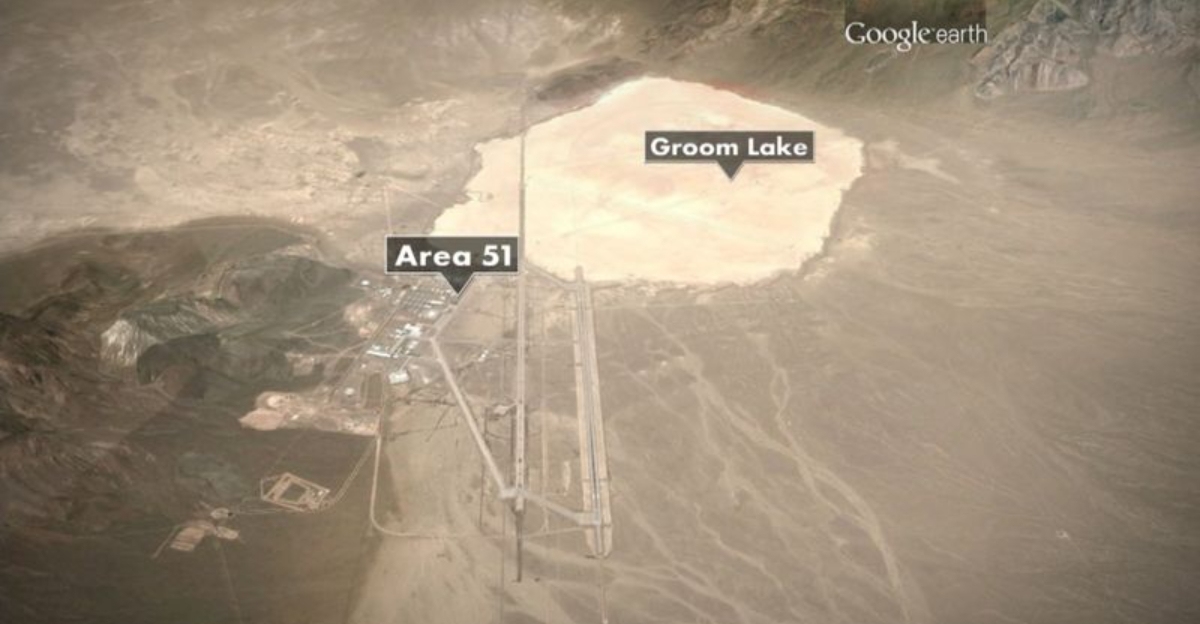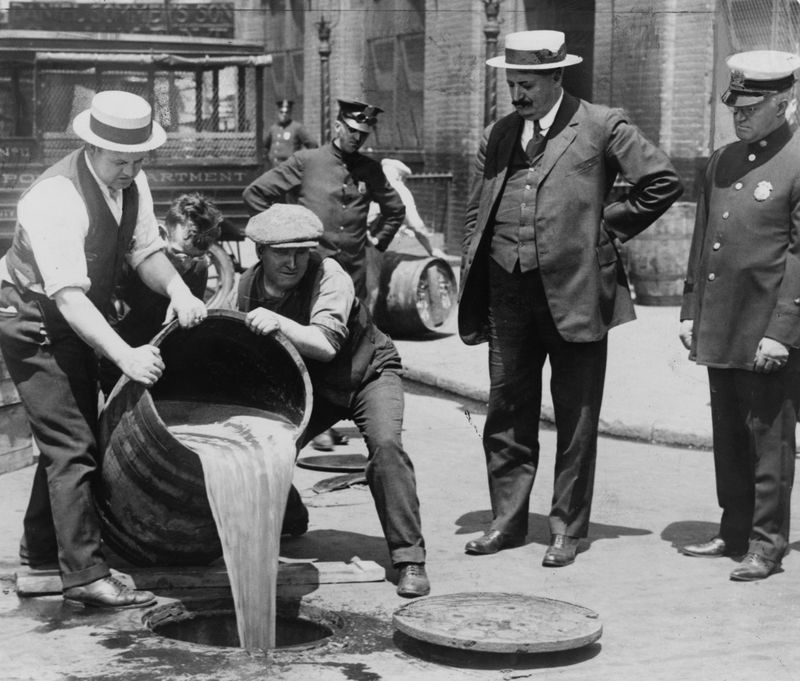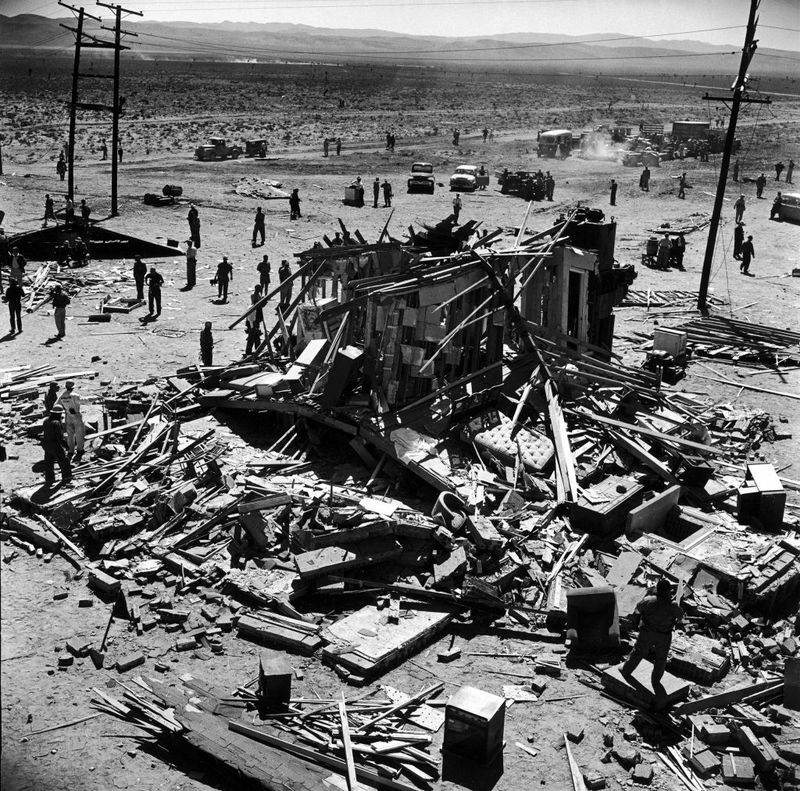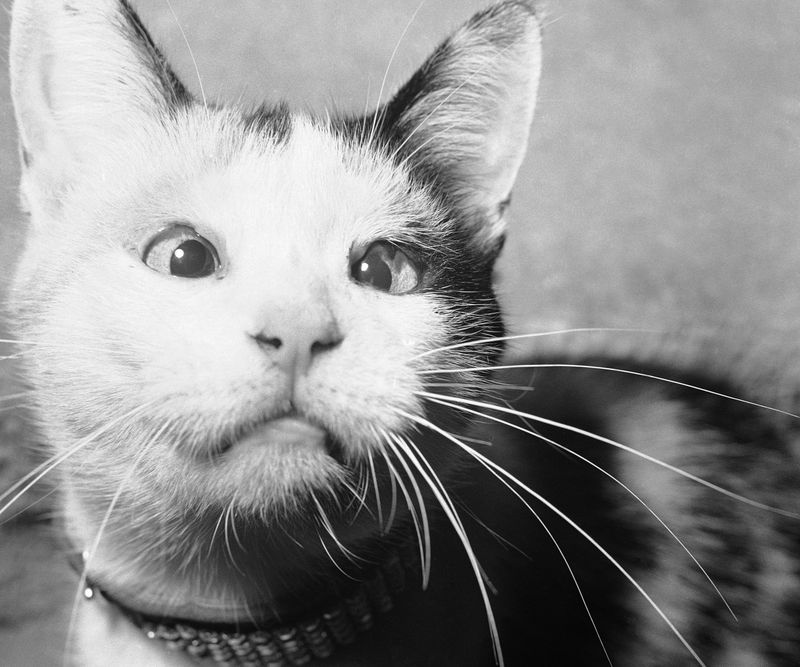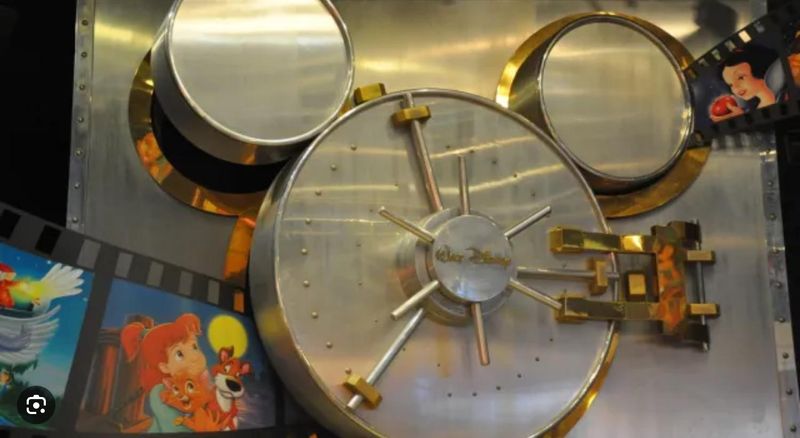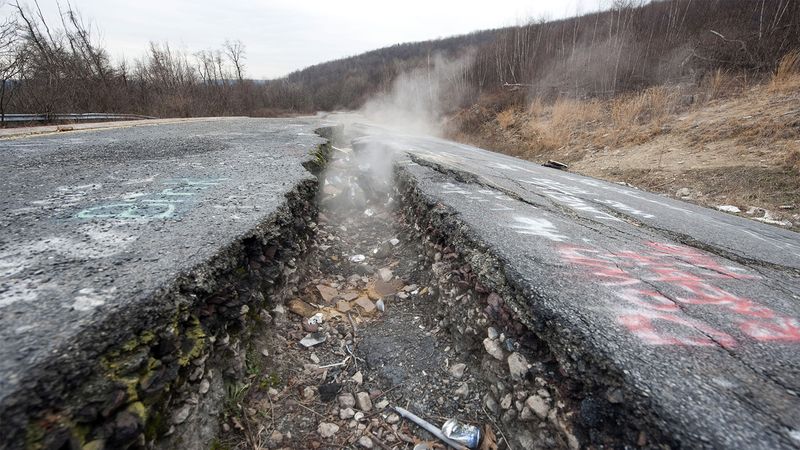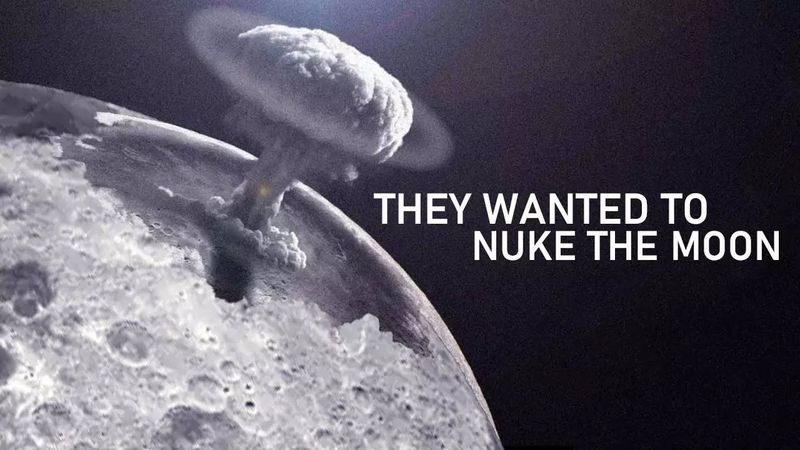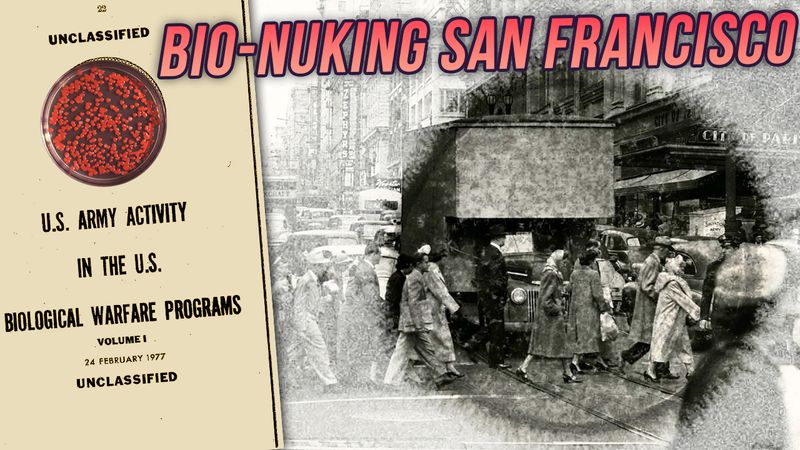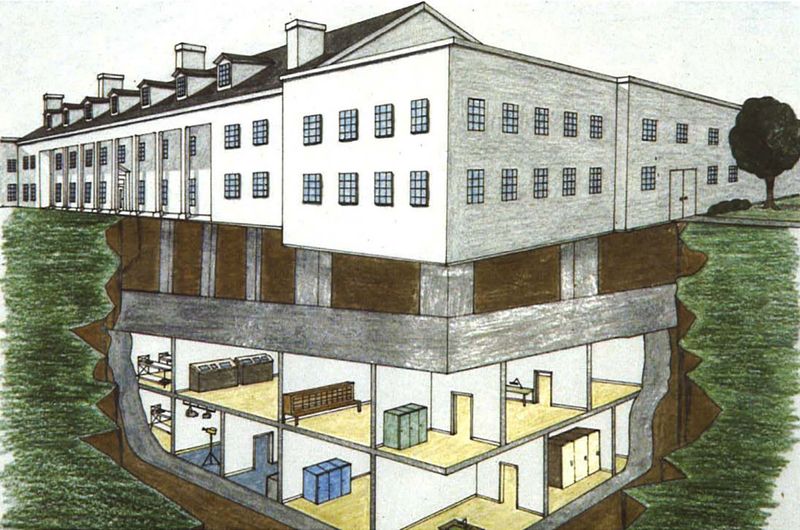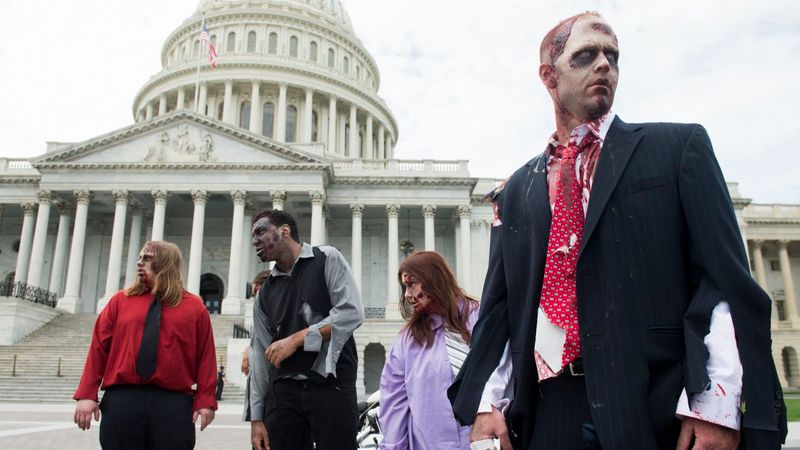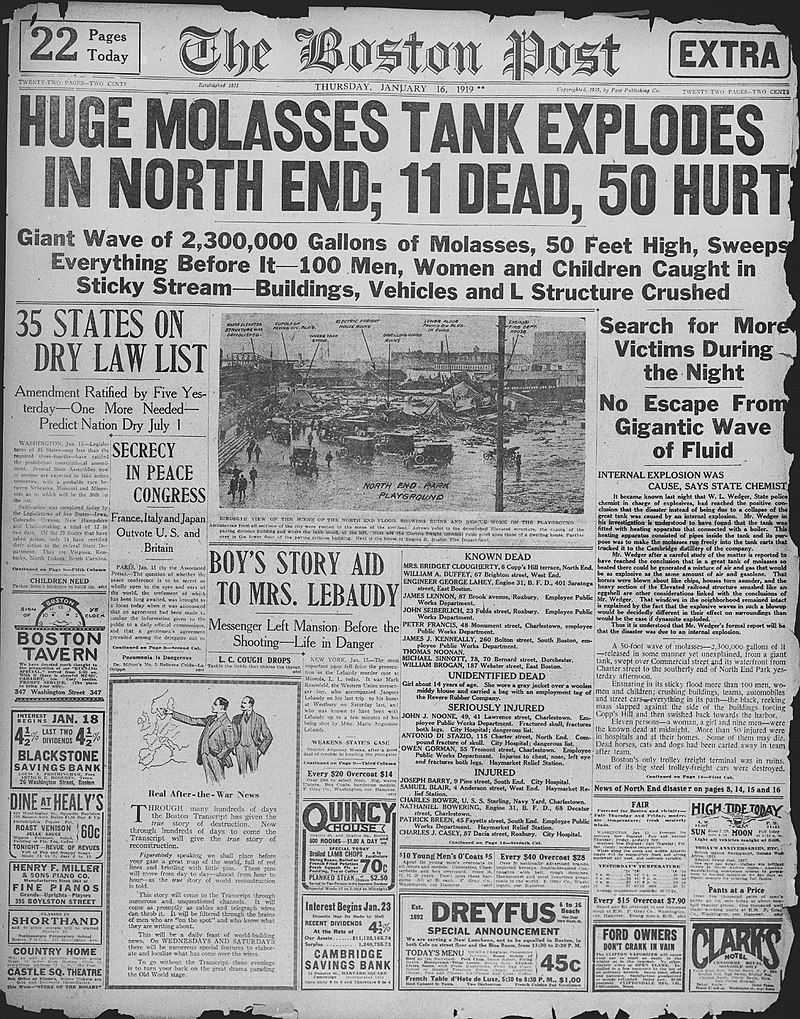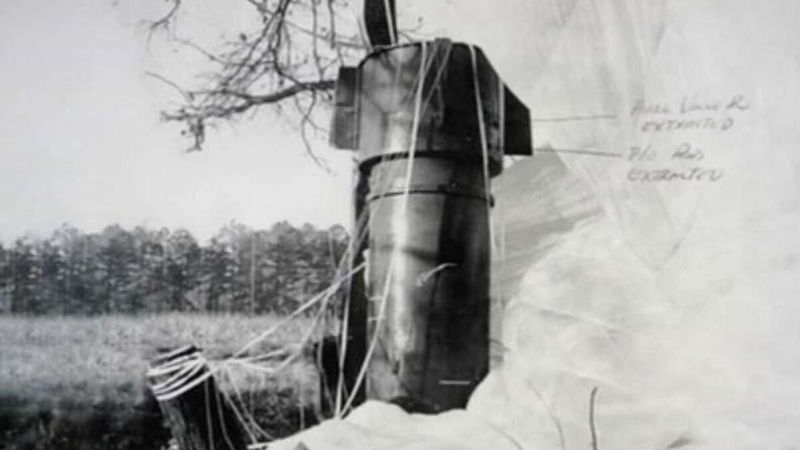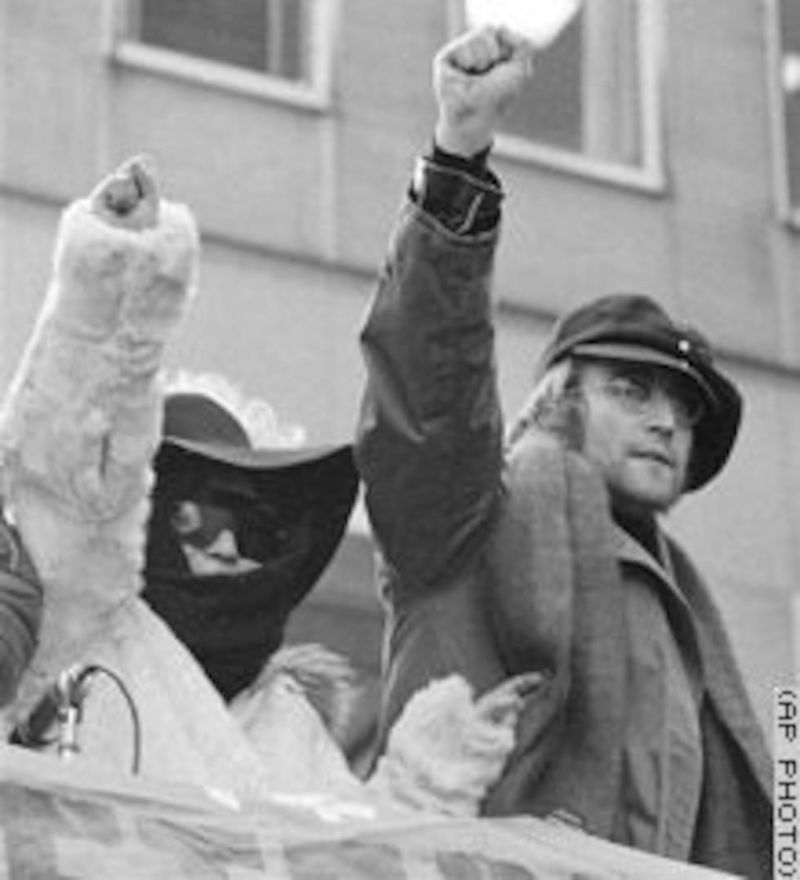Explore the fascinating world of American myths that, despite sounding like fiction, are actually rooted in truth. From governmental conspiracies to bizarre scientific experiments, these stories reveal a side of American history that is both intriguing and unsettling.
1. The U.S. Government Once Poisoned Alcohol
During the Prohibition era, the U.S. government embarked on a drastic measure to curb alcohol consumption by poisoning industrial alcohol supplies. They believed that making alcohol toxic would discourage its use for drinking. However, this plan backfired tragically. Thousands of unsuspecting citizens fell ill and many died after consuming the tainted alcohol. This dark chapter in American history highlights the extreme lengths to which the authorities were willing to go during Prohibition. The incident raises ethical concerns about governmental overreach and the unintended consequences of such drastic measures.
2. The CIA Experimented With Mind Control
Project MKUltra was a covert CIA program that conducted mind control experiments during the 1950s and 60s. The program aimed to develop techniques for controlling human behavior, using methods such as hypnosis and LSD. Unbeknownst to many participants, they were subjected to these experiments without their consent. The project’s unethical nature led to significant public outcry when it was exposed. While MKUltra ended in the early 70s, it left a legacy of distrust in government practices. The program’s controversial history serves as a reminder of the potential dangers of unchecked governmental power.
3. The Government Ran a Fake Town for Nuclear Testing
During the Cold War, the U.S. constructed a fake town known as Doom Town in the Nevada desert. This town was populated with mannequins and household items to simulate real-life conditions. The purpose was to study the effects of nuclear bomb detonations on urban environments. Scientists closely monitored the aftermath to gather data on blast impact, radiation, and structural damage. Despite its eerie nature, Doom Town provided valuable insights into nuclear weapon effects, influencing civil defense strategies. This project underscores the lengths to which governments went during the Cold War to prepare for potential nuclear conflict.
4. The U.S. Once Planned to Spy on the Soviets With Cats
During the Cold War, the CIA launched an unusual project called Operation Acoustic Kitty. They attempted to train cats as espionage agents by implanting listening devices into them. The idea was that cats, being unobtrusive, could collect intelligence in Soviet embassies. However, the project faced numerous challenges and ultimately failed. Cats proved to be unpredictable and difficult to control, rendering the operation impractical. Despite the project’s failure, it highlights the creative and sometimes bizarre approaches taken during the Cold War to gain an intelligence advantage. It also reflects the era’s intense espionage efforts.
5. There’s a Secret Vault of Unreleased Disney Movies
Disney’s “vault” is a term used to describe the company’s practice of restricting access to certain films, keeping them out of circulation. The vault contains movies that are considered controversial or outdated, like “Song of the South.” This strategy creates artificial scarcity, driving demand and anticipation when films are eventually re-released. The concept of the Disney vault has become a part of pop culture, sparking debates about censorship and marketing tactics. While the vault has largely been phased out with the rise of digital platforms, its legacy continues to influence Disney’s release strategies.
6. Area 51’s Existence Was Denied for Decades
For many years, the existence of Area 51, a highly classified U.S. Air Force base in Nevada, was shrouded in secrecy. The government officially acknowledged its existence only in 2013, fueling conspiracy theories about extraterrestrial life and advanced technology. The base became a focal point for UFO enthusiasts and conspiracy theorists alike. Despite official recognition, much about Area 51 remains classified, adding to its allure and mystery. This secrecy continues to spark imagination and curiosity, as people speculate about what truly goes on behind its closed gates.
7. A Town Was Abandoned Due to an Underground Fire That Still Burns
Centralia, Pennsylvania, is a ghost town with a haunting past. In 1962, a coal mine fire ignited beneath the town, leading to dangerous levels of carbon monoxide and sinkholes. Despite efforts to extinguish it, the fire remains active, burning underground to this day. Over time, residents were forced to evacuate, leaving behind empty buildings and cracked roads. Centralia’s story has captured public fascination, inspiring books and films. The town’s eerie, smoke-filled landscape serves as a stark reminder of the power of nature and the unintended consequences of human actions.
8. The U.S. Had a Plan to Nuke the Moon
In the late 1950s, the U.S. military devised Project A119, a plan to detonate a nuclear bomb on the Moon. The objective was to demonstrate American strength during the Cold War. Scientists believed that the resulting explosion would be visible from Earth and serve as a powerful display of technological prowess. However, the plan was never executed due to concerns about international backlash and the potential for unforeseen consequences. The very idea of nuking the Moon reflects the intense pressure and ambition of the Cold War era, highlighting the lengths nations would go to assert dominance.
9. A U.S. Town Was Once Attacked With Germ Warfare
In 1950, San Francisco became an unwitting participant in a military experiment testing biological warfare. The U.S. Navy released a cloud of harmless bacteria over the city to study dissemination patterns. While deemed safe by the military, the experiment caused illness among some residents, leading to public outrage when it was revealed years later. This incident raised ethical questions about consent and the use of citizens in covert tests. It also highlighted the risks associated with biological warfare, prompting changes in military testing protocols. The event remains a controversial chapter in American military history.
10. The U.S. Government Has a Secret Bunker for Congress
During the Cold War, the U.S. government constructed a secret bunker beneath the Greenbrier Resort in West Virginia. This facility was designed to house Congress in the event of a nuclear attack. Equipped with meeting rooms, dormitories, and essential supplies, the bunker could support operations for several months. The existence of this Cold War relic was unknown to the public until it was exposed in the 1990s. Today, the bunker serves as a fascinating historical attraction, offering insight into Cold War-era contingency planning and the lengths taken to ensure governmental continuity.
11. The Pentagon Has a Zombie Apocalypse Plan
CONOP 8888, a real military document, outlines strategies for surviving a potential zombie apocalypse. Created as a training exercise, it provides detailed plans for dealing with various scenarios, from containment to eradication. While the document was not intended to be taken literally, it serves as a creative tool for teaching strategic planning and crisis response. The existence of such a plan has captured public imagination, fueling fascination with zombie lore. It highlights the importance of preparedness and adaptability in unconventional situations, offering a unique glimpse into military training methodologies.
12. A Town Was Evacuated Due to a Soda Factory Disaster
In 1919, Boston experienced an unusual disaster when a massive molasses storage tank ruptured, flooding streets with sticky syrup. The disaster caused significant destruction, resulting in 21 deaths and numerous injuries. Buildings and infrastructure were damaged, while the clean-up efforts took months. The incident, known as the Great Molasses Flood, became a part of Boston folklore. It prompted changes in industry regulations to prevent similar accidents. This peculiar event underscores the unpredictable nature of industrial disasters and serves as a reminder of the importance of safety standards in manufacturing processes.
13. The U.S. Once Dropped a Nuclear Bomb on Itself
In 1958, an alarming accident occurred when a U.S. Air Force B-47 bomber accidentally dropped an unarmed nuclear bomb over Mars Bluff, South Carolina. Although the bomb did not detonate, the explosion from its conventional explosives caused significant damage to a family home and surrounding area. Thankfully, there were no fatalities, but the incident raised public concern about nuclear safety. This mishap serves as a stark reminder of the dangers inherent in handling nuclear weapons and the importance of stringent safeguards to prevent such accidents in the future.
14. The FBI Spied on John Lennon
During the 1970s, the FBI conducted surveillance on John Lennon, the former Beatle, due to his anti-war activism. Authorities feared his influence on the youth and potential to disrupt political activities. Detailed files documented his movements and associations, reflecting the era’s tense political climate. The surveillance efforts were part of a broader strategy to monitor and control perceived subversive elements. Though controversial, the case exemplifies the tension between national security and individual freedom. Lennon’s ordeal highlights the challenges faced by activists and the lengths governments may go to maintain control.
15. A Radio Broadcast Once Convinced Americans That Aliens Were Attacking
In 1938, Orson Welles’ radio adaptation of “War of the Worlds” caused widespread panic in the United States. Presented as a series of news bulletins, the broadcast convinced many listeners that an alien invasion was underway. The realistic portrayal led to chaos, with people fleeing their homes and flooding the police with calls. This event showcased the power of media and the potential for misinformation to spread quickly. It also highlighted the need for critical listening skills and media literacy. The broadcast remains a landmark moment in media history, illustrating the influence of storytelling.
